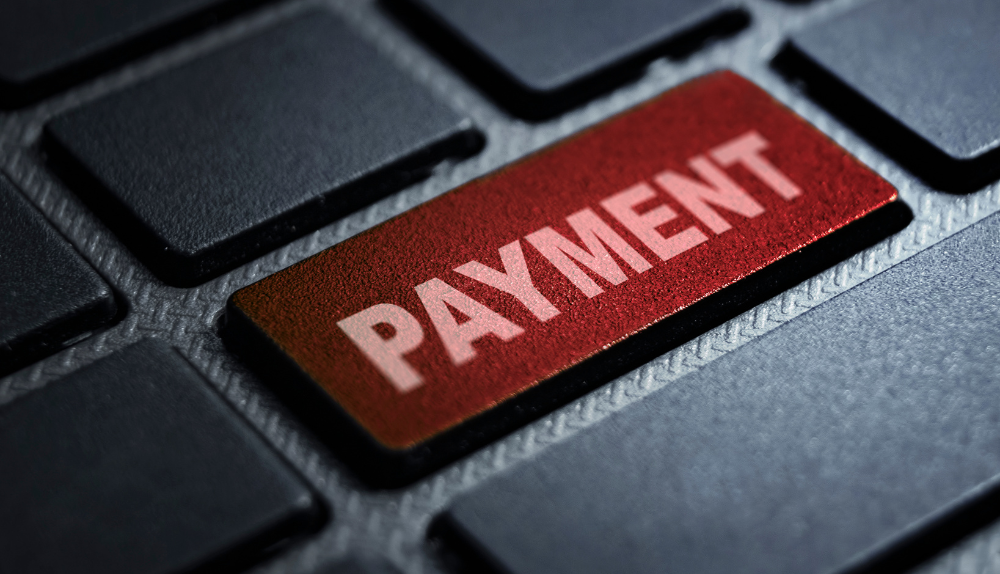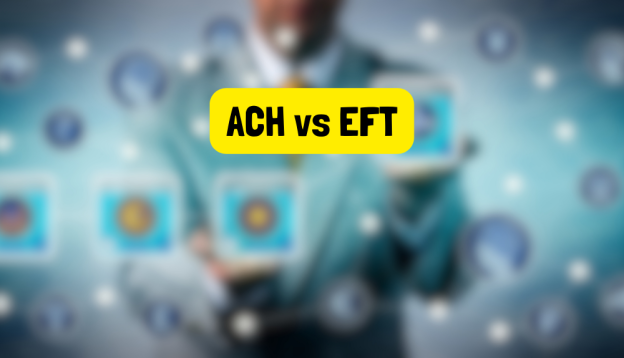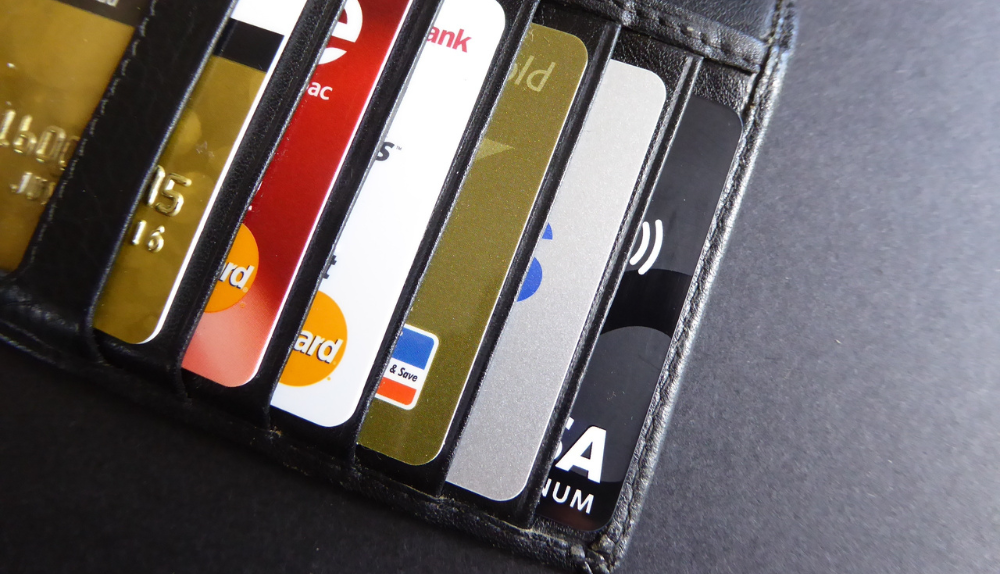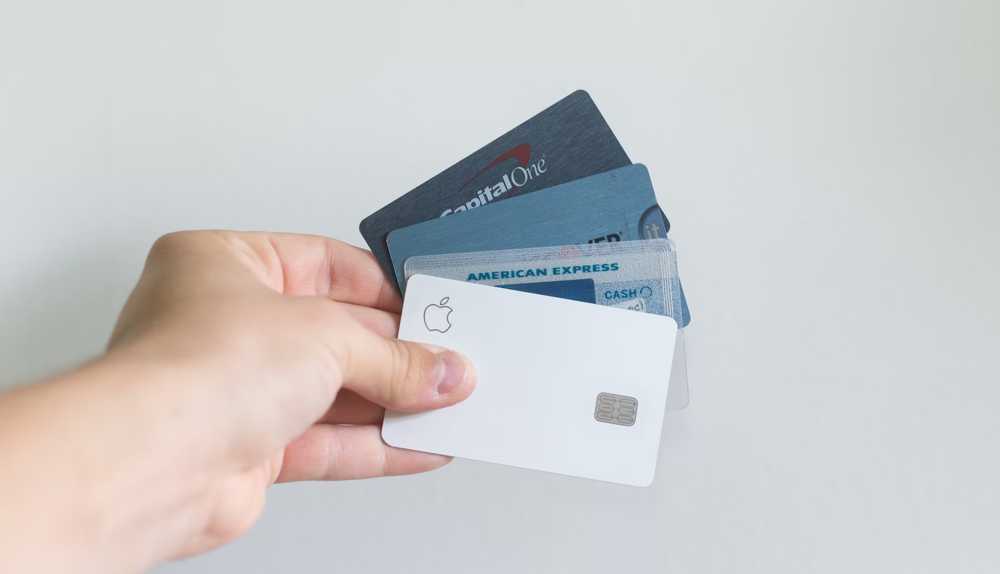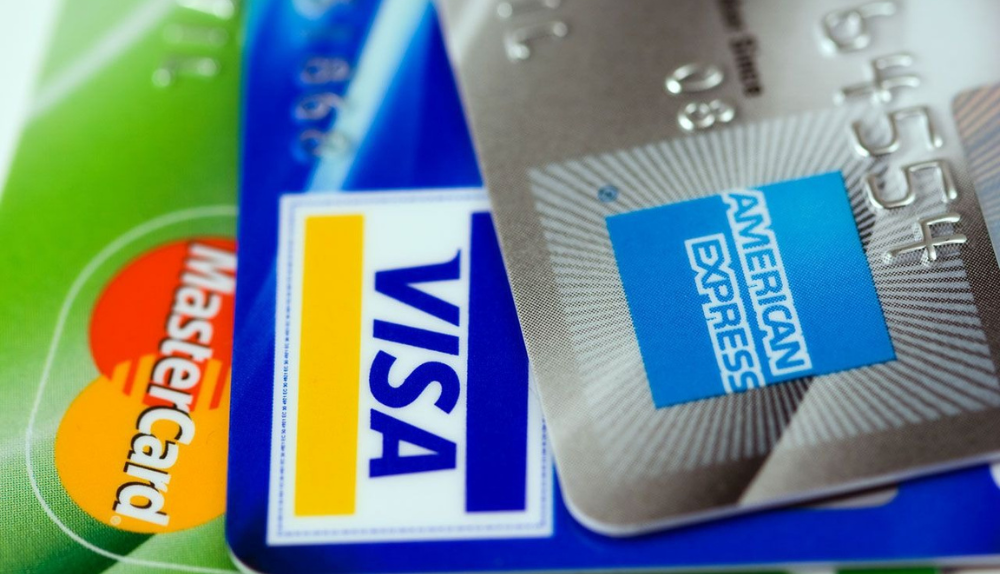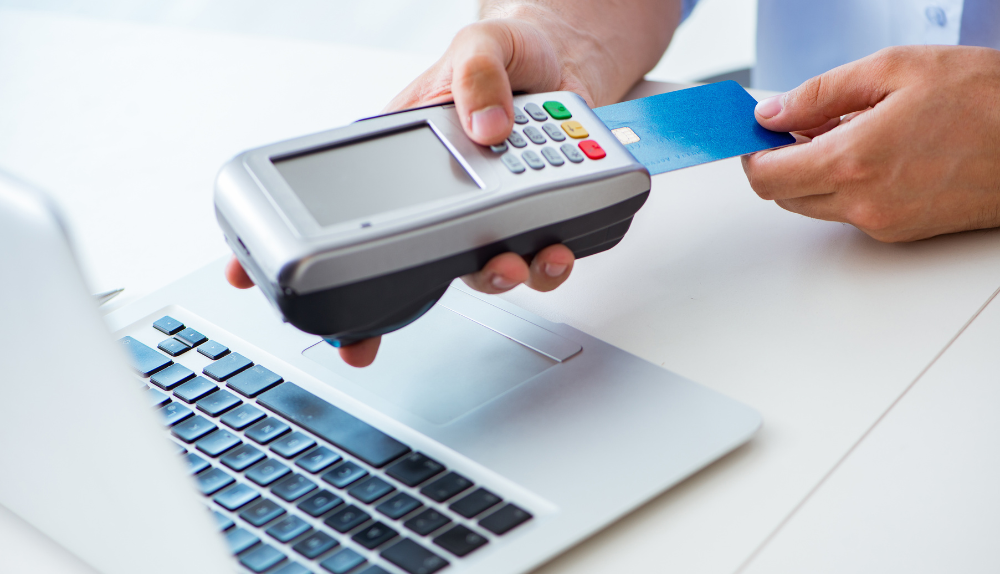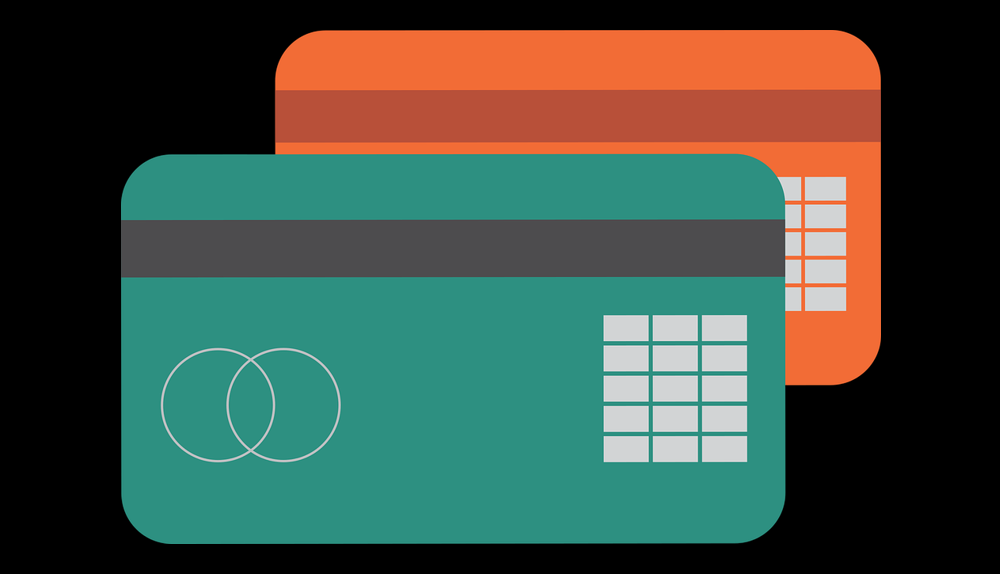A dual pricing merchant account is a business arrangement that enables merchants to charge different prices for goods or services depending on the customer’s payment method. It involves offering a lower price for cash transactions, while a slightly higher price is charged when customers pay using credit or debit cards. The rationale behind this structure is to account for the transaction fees that card processors charge merchants. The dual pricing system is automated so that the point-of-sale system recognizes the payment method and applies the appropriate pricing tier.
Understanding Dual Pricing
Dual pricing operates on a two-tier pricing system: cash and credit card. In this arrangement, businesses offer a discounted price for customers who pay in cash, while those who opt for card payments are charged the standard price. This is achieved by incorporating service fees into the pricing of goods or services for card transactions. Dual pricing enables the merchant to cover or offset the cost of card processing fees. It’s a system that promotes cash transactions, which come at no extra cost to the merchant, and allows for cost recovery when customers prefer card payments.
Distinction Between Dual Pricing and Standard Credit Card Processing
Standard credit card processing differs from dual pricing, mainly in managing costs. In a standard arrangement, businesses are charged a fee for every credit card transaction, typically a percentage of the transaction value plus a fixed amount. The merchant bears these fees, often reducing their net profit on sales.
On the other hand, with dual pricing, businesses can pass these fees to customers who pay by card. While standard processing costs are a consistent overhead for businesses, dual pricing provides a mechanism to mitigate these costs. However, businesses employing dual pricing must be transparent about the practice and comply with regulations to avoid potential legal issues.
How Does Dual Pricing Work in Practice?
In practice, when a customer opts to pay by card, the dual pricing system in the merchant’s point-of-sale device adds a service fee to the total cost. This fee covers the transaction charges that the merchant has incurred. It’s vital to note that this cost is not charged if the customer pays in cash.
For instance, let’s assume that a product has a cash price of $100. If a customer settles to pay by card, the point-of-sale system might add a service fee of 4%, making the total cost $104. The additional $4 covers the transaction fees, ensuring the merchant receives $100. Conversely, if the customer pays in cash, they only pay the $100 cash price, with no additional fees.
The Relationship Between Dual Pricing and Cash Discounting
Dual pricing and cash discounting are related pricing strategies that can be interconnected in specific contexts. Here’s how they are related:
Dual pricing refers to the practice of setting different prices for the same businesses based on specific criteria, such as customer segments, regions, or membership status. It aims to capture varying customer willingness to pay and optimize revenue.
On the other hand, cash discounting is a pricing strategy that offers a reduced price or discount to customers who prefer to pay with cash or other immediate forms of payment. The purpose is to incentivize customers to make cash payments and potentially save the business on transaction costs or credit card processing fees.
In some cases, dual pricing includes a component of cash discounting. For example, a business may have different prices for customers paying with cash than credit cards or other payment methods. The cash price would be lower, encouraging customers to choose cash payment and potentially reducing transaction costs for the business.
However, it’s important to note that dual pricing and cash discounting can also be implemented independently. Dual pricing can exist without offering cash discounts, and cash discounting can be used without incorporating dual pricing elements. The two strategies address different pricing aspects but can be combined to achieve specific objectives, such as revenue optimization and promoting certain payment methods.
Differences and Similarities Between Dual Pricing and Cash Discounting
Dual pricing and cash discounting are two distinct pricing strategies but share similarities and differences. Let’s explore them:
Differences:
Basis of Differentiation: Dual pricing is based on differentiating prices for the same product or service based on specific criteria, such as customer segments, regions, or membership status. It focuses on tailoring prices to different groups. On the other hand, cash discounting is a pricing strategy that offers a reduced cost to customers who pay with cash or immediate forms of payment. It is based on the payment method rather than customer segmentation.
Pricing Factors: Dual pricing considers various factors to determine price differentiation, such as customer characteristics, market demand, or regional factors. Cash discounting, however, is primarily based on the customer’s chosen payment method. It encourages cash payments by providing a discount compared to other payment options.
Implementation: Dual pricing typically involves setting and maintaining multiple price points for customer segments, regions, or other criteria. It requires tracking and managing different prices. On the other hand, cash discounting involves setting a single fee for a product or service and offering a concession to customers who pay with cash. It simplifies the pricing structure by focusing on payment method-based discounts.
Similarities:
Pricing Incentives: Both dual pricing and cash discounting aim to incentivize customers and influence their purchasing behaviour. Dual pricing incentivizes different customer segments based on their willingness to pay, while cash discounting motivates customers to choose cash payment by offering a financial benefit.
Revenue Optimization: Both strategies can contribute to revenue optimization. Dual pricing allows businesses to capture additional value from customers willing to pay higher prices, while cash discounting encourages prompt payment and potentially reduces transaction costs, thereby maximizing revenue.
Customer Perception: Both strategies can impact customer perception and satisfaction. Dual pricing offers personalized options catering to different customer segments’ needs and price sensitivity. Cash discounting benefits customers who prefer immediate payment methods, improving their perception of value and satisfaction.
It’s worth noting that while dual pricing can include a component of cash discounting (offering a lower price for cash payments), cash discounting does not necessarily involve dual pricing. Dual pricing is a broader strategy encompassing different pricing differentiation beyond payment methods.
Analysis of the concept of Dual Pricing, AKA Cash Discounting
The term ‘Dual Pricing, AKA Cash Discounting’, suggests the close relationship between these two concepts. Regardless of the terminology or specific implementation, the core idea remains: charging different prices based on the payment method to offset transaction fees.
This Practice has become progressively popular among businesses, and tiny and medium enterprises (SMEs), due to the rise in cashless transactions and associated fees. However, businesses must ensure transparency with their customers about their pricing structure and comply with all relevant regulations to maintain trust and avoid potential legal issues.
The Compliance Aspect of Dual Pricing
The compliance aspect of dual pricing refers to ensuring that the implementation of dual pricing strategies adheres to applicable laws and regulations. While dual pricing can be a legitimate pricing strategy, there are legal considerations that businesses must take into account to avoid discrimination or unfair practices.
Compliance Requirements for Dual Pricing
For businesses to legally implement dual pricing, they must adhere to several compliance requirements. Predominantly, they must comply with regulations established by card networks, e.g., Visa and Mastercard and laws and regulations specific to their location. Compliance requirements typically include clear communication with customers about the pricing structure and not surcharging beyond the merchant discount rate. Any pricing difference between cash and card payments must be presented as a cash discount, not a card surcharge, in jurisdictions where taxes are not allowed.
Importance of staying compliant with regulations
Staying compliant with dual pricing regulations is crucial for multiple reasons:
- It prevents businesses from facing legal issues, such as lawsuits or fines, which can be financially and reputationally damaging.
- Compliance fosters trust and transparency between businesses and their customers. Customers are more likely to continue patronizing businesses they perceive as fair and transparent in their practices.
- Card networks may revoke processing privileges for non-compliant businesses, significantly affecting their ability to conduct transactions.
Steps taken to ensure compliance
To ensure compliance, businesses can take several proactive steps:
- They should stay informed about the rules and regulations regarding dual pricing from card networks and legal authorities.
- Businesses should communicate their dual pricing policy to customers, usually via clear signage or statements on receipts.
- The business’s point-of-sale system should be programmed accurately to apply the correct fees or discounts based on the payment method.
Regular audits of these practices can also help identify and correct any non-compliance.
Possible consequences of non-compliance
Non-compliance with dual pricing regulations can lead to severe consequences. Businesses may face legal action from customers or regulatory authorities, resulting in hefty fines or even temporary or permanent closure. Additionally, non-compliance can lead to reputational damage, with customers potentially perceiving the business as dishonest or unfair. Ultimately, non-compliance could also lead to the loss of card processing privileges, severely affecting the business’s operations and profitability.
Benefits of Dual Pricing
Dual pricing can offer several benefits to businesses. Here are some of the advantages associated with implementing a dual pricing strategy:
Increased Revenue: One of the main advantages of dual pricing is the potential to increase revenue. By charging different prices to different customer segments, businesses can capture additional value from customers willing to pay more. This pricing strategy allows for maximizing revenue by optimizing costs based on customers’ willingness to pay.
Enhanced Customer Segmentation: Dual pricing helps better customer segmentation by recognizing and catering to different customer segments with varying price sensitivity. By understanding other customer groups’ preferences and purchasing behaviours, businesses can design pricing strategies that align with their specific needs, leading to improved targeting and more effective marketing efforts.
Improved Market Penetration: Dual pricing can help businesses penetrate new markets or customer segments. By offering lower prices or discounts to price-sensitive customers, businesses can attract new customers who may have been previously hesitant to purchase due to higher prices. This strategy can help expand the customer base and increase market share.
Competitive Advantage: Implementing dual pricing can provide a competitive advantage. Businesses can differentiate themselves from competitors by pricing products or services for different customer segments. This differentiation can attract customers who value the tailored pricing options and perceive the business as offering more value than competitors.
Increased Customer Satisfaction: Dual pricing can increase customer satisfaction by providing pricing options that align with customers’ preferences and budgets. Customers who feel they are getting a fair price based on their willingness to pay are likelier to be happy with their purchase experience, leading to improved customer loyalty and positive word-of-mouth recommendations.
It’s vital to note that the advantage of dual pricing may vary depending on the industry, target market, and specific business circumstances.
Real-world examples and case studies demonstrating these benefits
While specific real-world examples and case studies are not readily accessible due to my current limitations, the effectiveness of dual pricing is well-documented in business literature. For instance, a small retail store might find that the savings from encouraging more cash transactions significantly impact its bottom line. Similarly, a cafe might use dual pricing to offset the small but frequent card transaction fees that add up over time.
Why should businesses consider implementing Dual Pricing?
Considering the benefits mentioned earlier, businesses should consider implementing dual pricing, especially those with high volumes of low-value card transactions. It provides a mechanism to recover transaction costs without raising prices universally, which could deter cost-sensitive customers. Furthermore, it encourages more cash transactions, which offer immediate liquidity and avoids the risks of chargebacks.
However, businesses must carefully consider their specific context before implementing dual pricing. They must ensure compliance with all relevant regulations and consider how their customers might respond. Businesses should be transparent about their dual pricing policy and educate customers about its rationale to maintain trust and satisfaction.
Disadvantages of Dual Pricing
While dual pricing can offer benefits, there are also potential disadvantages associated with its implementation. Here are some of the drawbacks or challenges of using a dual pricing strategy:
Complexity and Administrative Burden: Implementing dual pricing can complicate pricing structures and systems. Managing multiple price points, tracking eligibility criteria, and ensuring accurate pricing can be administratively challenging and require additional resources and strategies.
Potential Customer Discontent: Dual pricing may lead to customer dissatisfaction or perceived unfairness. Customers who discover that they are paying a higher price compared to others may feel frustrated or deceived. This can harm customer relationships, brand reputation, and customer loyalty.
Increased Operational Costs: Dual pricing can result in higher operational costs. Managing different prices, eligibility criteria, and discounting mechanisms may require additional efforts, such as updating pricing systems, training staff, and monitoring compliance. These additional costs can impact profitability.
Legal and Compliance Risks: Dual pricing must be implemented following applicable laws and regulations to avoid potential legal issues. Discriminatory pricing practices or failure to meet transparency requirements can lead to legal consequences, penalties, and reputational damage.
Complexity in Pricing Strategy Communication: Communicating and explaining dual pricing to customers can be challenging. Ensuring transparency and clarity in pricing structures and eligibility criteria is crucial to avoid confusion or misinterpretation, which can negatively impact customer trust and satisfaction.
It’s important for businesses to deliberately evaluate the potential drawbacks and challenges associated with dual pricing and assess whether the benefits outweigh the disadvantages in their specific context.
Impact on Consumers
From the consumer’s perspective, dual pricing can have mixed effects. On the one hand, they might appreciate the transparency, understanding the actual cost of card transactions and enjoying savings when they pay in cash. On the other hand, they might perceive the service fee or lack of cash discount (when paying by card) as a penalty or a hidden charge, leading to dissatisfaction.
Also, dual pricing might act as a disincentive for consumers who prefer cashless transactions for their convenience. Dual pricing might disproportionately affect consumers who do not carry cash or have limited access to money, thus limiting their choices. Therefore, while dual pricing can be an effective cost-management tool for businesses, its implementation should be carefully considered and communicated.
The Role of Dual Pricing Merchant Accounts in business transactions
Regarding its role in business transactions, dual pricing serves as a tool for cost management for merchants. Credit card transactions often involve processing fees that affect a merchant’s profit margin. By employing a dual pricing strategy, these merchants can offset some, if not all, costs, thereby maintaining their profit levels. Moreover, dual pricing also offers a degree of transparency in the transaction process, as it highlights the actual cost implication of different payment methods.
The rationale behind the use of dual pricing
Dual pricing is predicated on the understanding that different payment methods come with varied cost implications for the merchant. When a customer pays in cash, there are generally no additional costs associated with the transaction for the merchant. However, card payments involve processing fees charged by card companies and banks. The merchant usually bears these fees. With dual pricing, these costs are partially or fully transferred to the customer, offering merchants a clear rationale for adopting this pricing strategy.
Importance of Dual Pricing in Today’s Market
In today’s market, where cashless transactions are rising, dual pricing plays an increasingly significant role. More and more consumers favour paying with cards or digital wallets, increasing the frequency of transaction fees for merchants. Businesses can remain competitive while maintaining their profit margins by implementing a dual pricing strategy. Moreover, dual pricing may encourage more cash transactions, benefit businesses by providing immediate access to funds and reduce reliance on banking processes.


